Honda eNy1 Electric
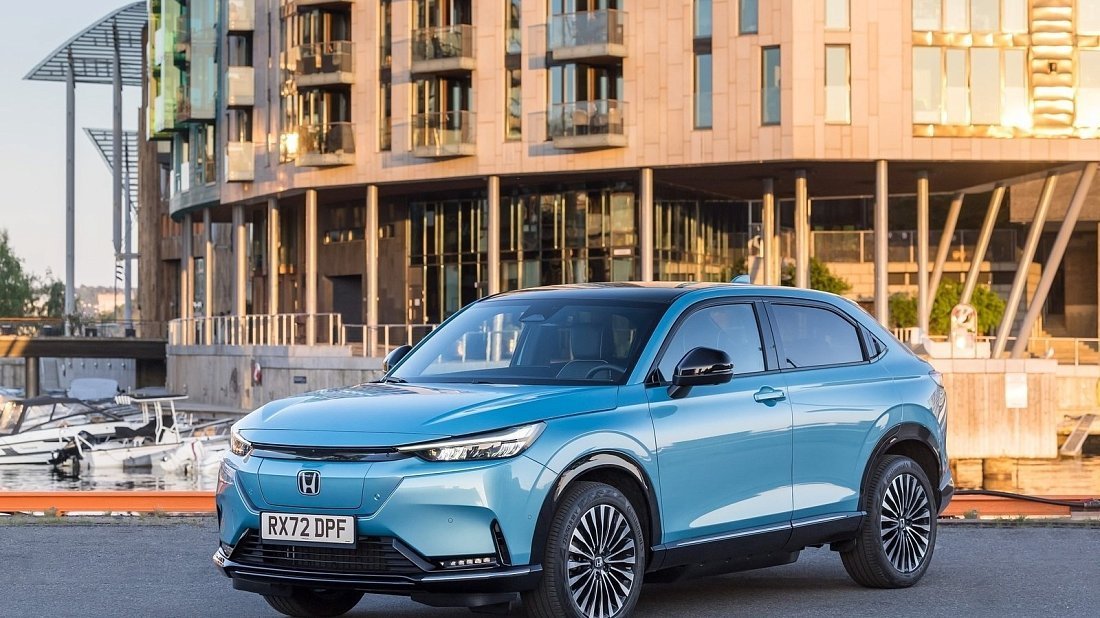

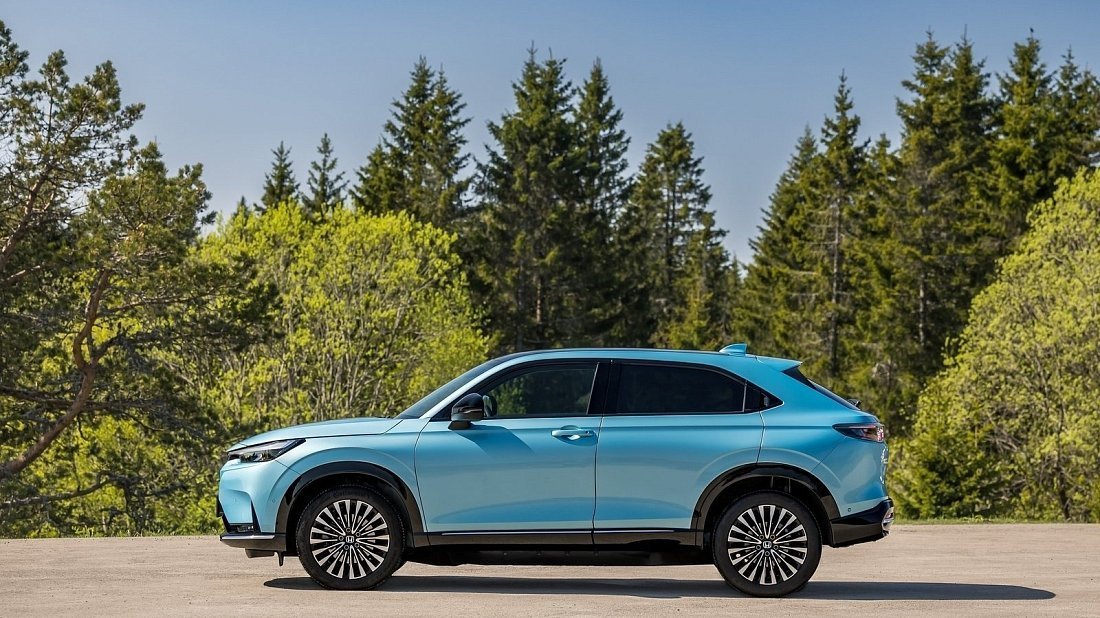
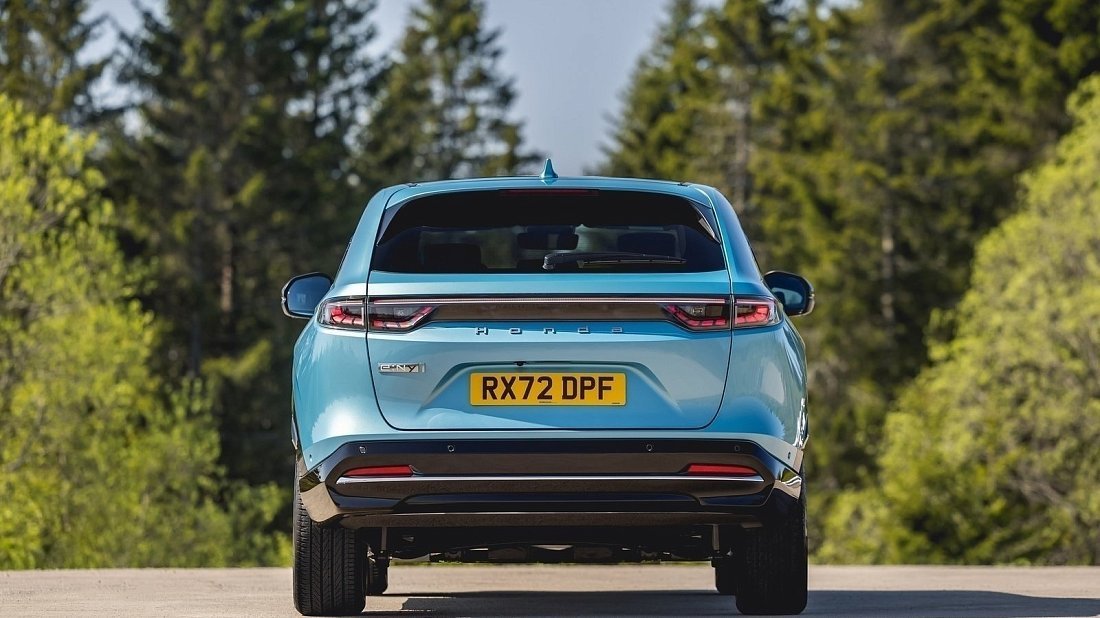
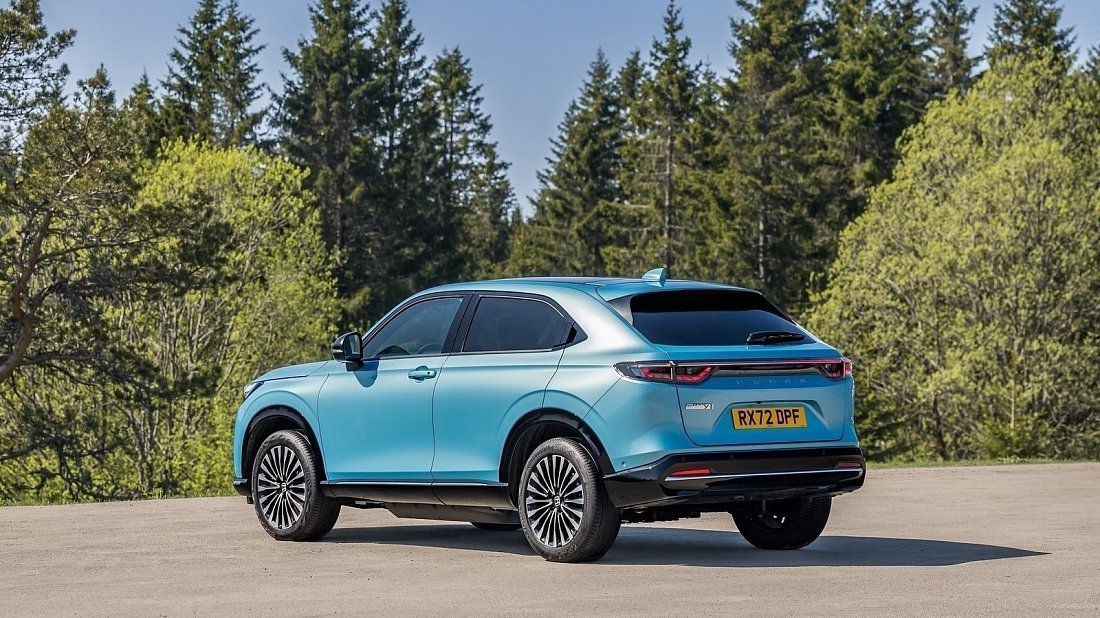
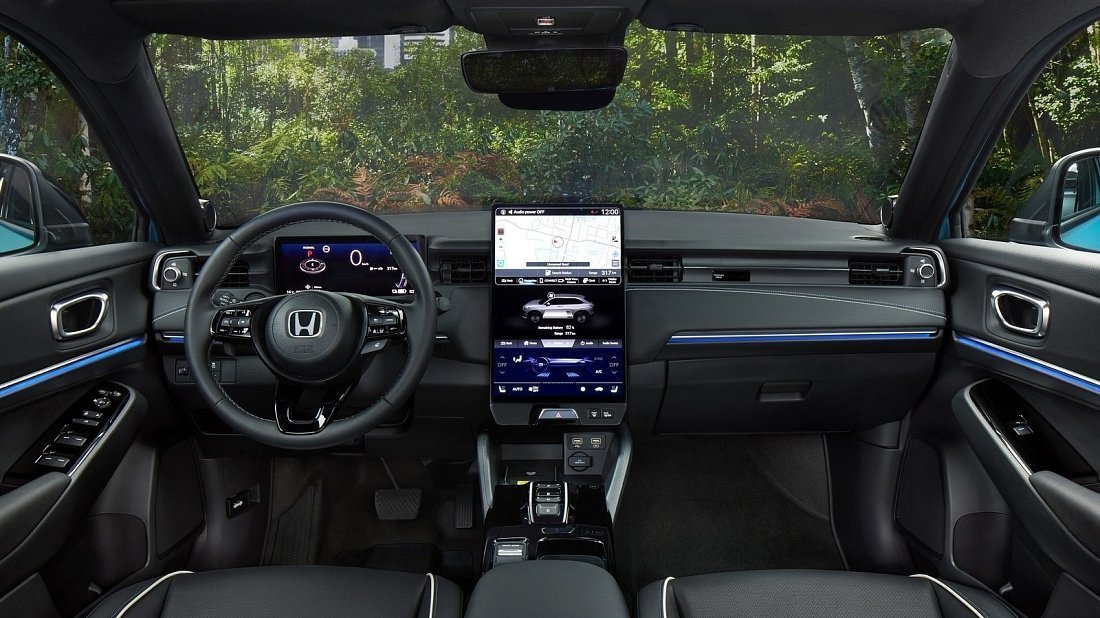
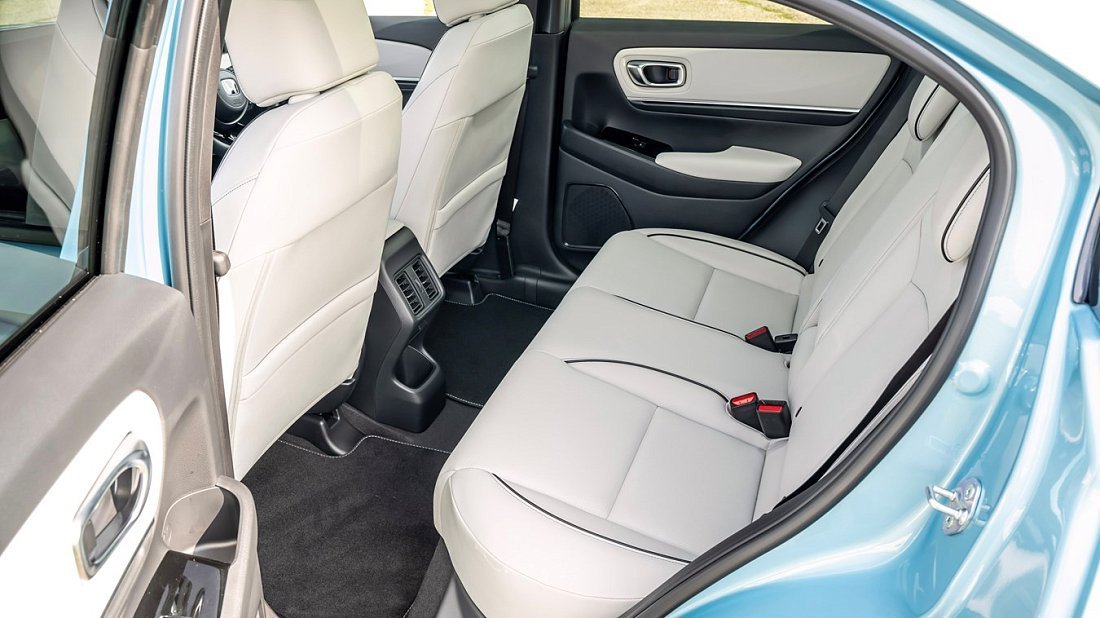

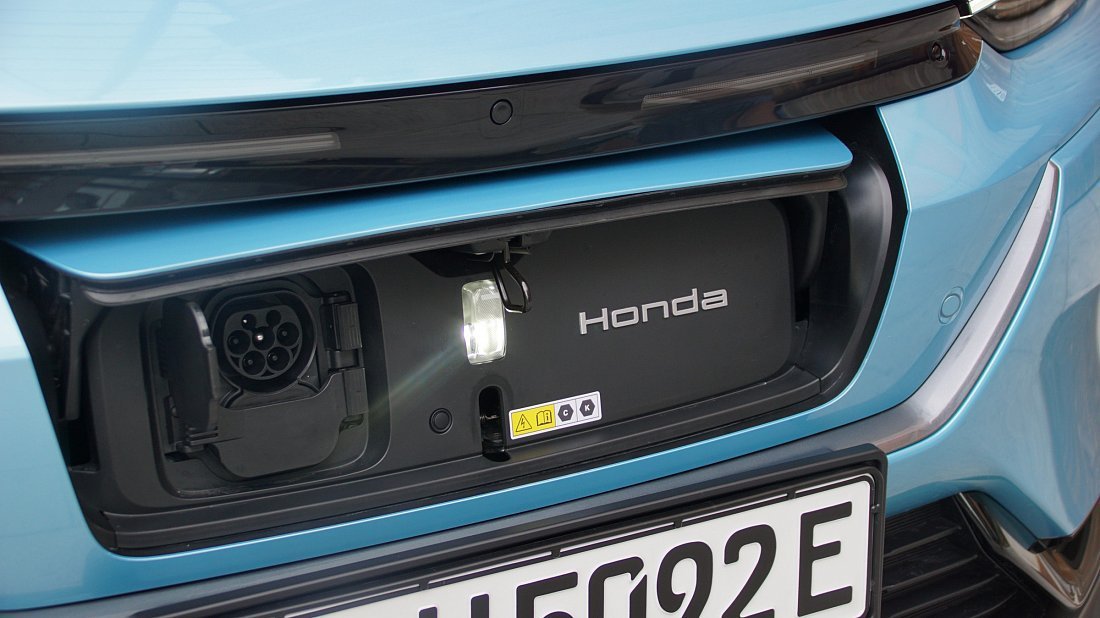
Overview
Main Overview Information
- Price Europe (New)
- €38.990
- Price Europe (Used)
- €29.900
- Country of Manufacture
-
- Japan
![Japan Japan]()
- Japan
- Years of Production
- 2023-… (Produced)
- Body Style
- SUV
![]()
- Market Availability
- EU
Pros and Cons
Reasons to Buy
- Comfortable, quiet ride
- Spacious cabin feel
- Generous safety kit
- Large, clear infotainment
- Honda build quality
Reasons Not to Buy
- Limited real-world range
- Slow DC charging
- Unexciting to drive
- No front trunk
- Premium pricing
Overview
Honda's diving into the competitive electric SUV scene with the e:Ny1 Electric, their first mainstream EV effort for Europe since the quirky Honda e. The e:Ny1 aims to be a sensible, user-friendly choice for families dipping their toes into electric motoring. It's a compact SUV packing decent tech and a quiet ride. Think of it as an electric HR-V sibling. New, you're looking at around €38,990, with used examples popping up near €29,900. It’s Honda’s play for the everyday EV buyer, banking on brand reliability and a fuss-free experience.
What's New for 2025?
For the 2025 model year, the Honda e:Ny1 Electric rolls in largely as a carry-over from its recent European debut. Having launched in 2023, it's still fresh on the scene, so Honda hasn't tinkered much with the formula yet. This means you're getting the established package of tech, design, and performance that marked its arrival. Buyers can expect the same single, well-equipped 'Electric' trim focused on delivering a balanced compact EV experience. Any major updates would likely be software tweaks rather than significant hardware changes for this iteration.
Design & Exterior
The e:Ny1 Electric boasts a clean, contemporary look that's less shouty than some rivals, think sophisticated rather than sporty. It shares a family resemblance with the HR-V but carves its own EV identity with a smooth, closed-off grille hiding the charge port, and sleek LED lighting all around. The 'Electric' trim keeps things neat. Dimension-wise, it stretches 4387 mm in length, stands 1584 mm tall, and has a width of 1790 mm (excluding mirrors), making it a handy size for city streets and tight parking spots. It's subtly stylish.
Interior, Tech & Cargo
Step inside the e:Ny1 Electric, and you're greeted by a surprisingly spacious cabin for its class, with decent material quality. The dashboard is dominated by a massive 15.1-inch portrait touchscreen, handling infotainment, climate, and vehicle settings, flanked by a digital driver’s display. Apple CarPlay and Android Auto are usually wired. Passenger comfort for five is adequate. Boot space is a practical 361 litres, expanding to a useful 1176 litres with the rear seats folded flat. Sadly, there's no frunk for your charging cables, a bit of a miss!
Performance & Driving Experience
The e:Ny1 Electric isn't a drag racer, but its single Permanent Magnet Synchronous Motor (PMSM) up front delivers a respectable punch. You get 150 kW of power and 310 Nm of torque, all channelled through the front wheels (FWD). This translates to a 0-100 km/h sprint in a tidy 7.6 seconds, plenty for zipping around town and merging onto motorways. The driving experience is geared towards comfort and ease, with a smooth ride and light steering. Regenerative braking helps claw back some energy, though it's not as aggressive as some one-pedal systems.
Range, Battery & Charging
Juice comes from a 61.9 kWh usable battery pack, giving a Green Cars Compare estimated real-world range of around 350 km – decent for daily duties. Efficiency is rated at 5.65 km/kWh. For top-ups, the standard 11 kW on-board AC charger will fill it from empty in roughly 6 hours. When you’re out and about, the e:Ny1 supports DC fast charging via its front-mounted CCS Type 2 port at speeds up to 78 kW. This should get you from 10-80% in about 45 minutes, enough for a quick coffee break boost.
Safety & Driver-Assistance Features
Honda has packed the e:Ny1 Electric with its Honda SENSING suite of safety tech as standard, which helped it achieve a solid 4-star rating from Euro NCAP in late 2023. This typically includes essentials like adaptive cruise control, lane keeping assist, collision mitigation braking, and road departure mitigation. You'll also find traffic sign recognition and blind-spot information often included. While it’s comprehensive, always check the exact spec for your market, as some minor features could vary. Overall, it’s a well-protected package for peace of mind.
Warranty & Maintenance Coverage
Honda typically backs the e:Ny1 Electric in Europe with a 3-year/100,000 km general vehicle warranty. Critically, the precious battery pack gets a more extensive 8-year/160,000 km warranty, often guaranteeing at least 70% of its original capacity during that period. The electric powertrain components are usually covered under this longer battery warranty. While specific complimentary maintenance plans can vary by country or dealer offers, EVs generally boast lower routine maintenance costs than their petrol counterparts due to fewer moving parts. Reliability is a Honda hallmark, which should extend to their EV offerings.
Previous Generation
There are no earlier versions of this carNext Generation
There are no newer versions of this carSimilar Electric Cars

- Produced
- 2024-…
- Real Range
- 340 km
- 0-100 km/h
- 7.5 s
- Price (Europe)
- €35.990
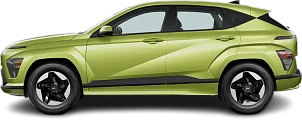
- Produced
- 2023-…
- Real Range
- 415 km
- 0-100 km/h
- 7.8 s
- Price (Europe)
- €47.840
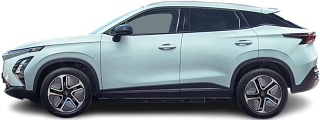
- Produced
- 2024-…
- Real Range
- 366 km
- 0-100 km/h
- 7.2 s
- Price (Europe)
- €39.610
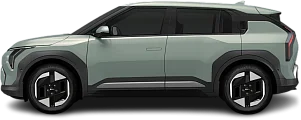
- Produced
- 2024-…
- Real Range
- 493 km
- 0-100 km/h
- 7.7 s
- Price (Europe)
- €41.390

- Produced
- 2024-…
- Real Range
- 393 km
- 0-100 km/h
- 8.6 s
- Price (Europe)
- €43.500
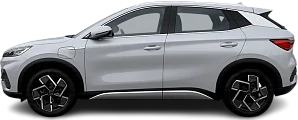
- Produced
- 2022-…
- Real Range
- 357 km
- 0-100 km/h
- 7.3 s
- Price (Europe)
- €37.990
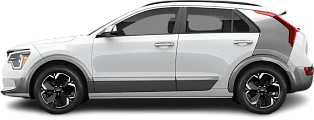
- Produced
- 2022-…
- Real Range
- 390 km
- 0-100 km/h
- 7.8 s
- Price (Europe)
- €45.690

- Discontinued
- 2022-2023
- Real Range
- 378 km
- 0-100 km/h
- 7.3 s


